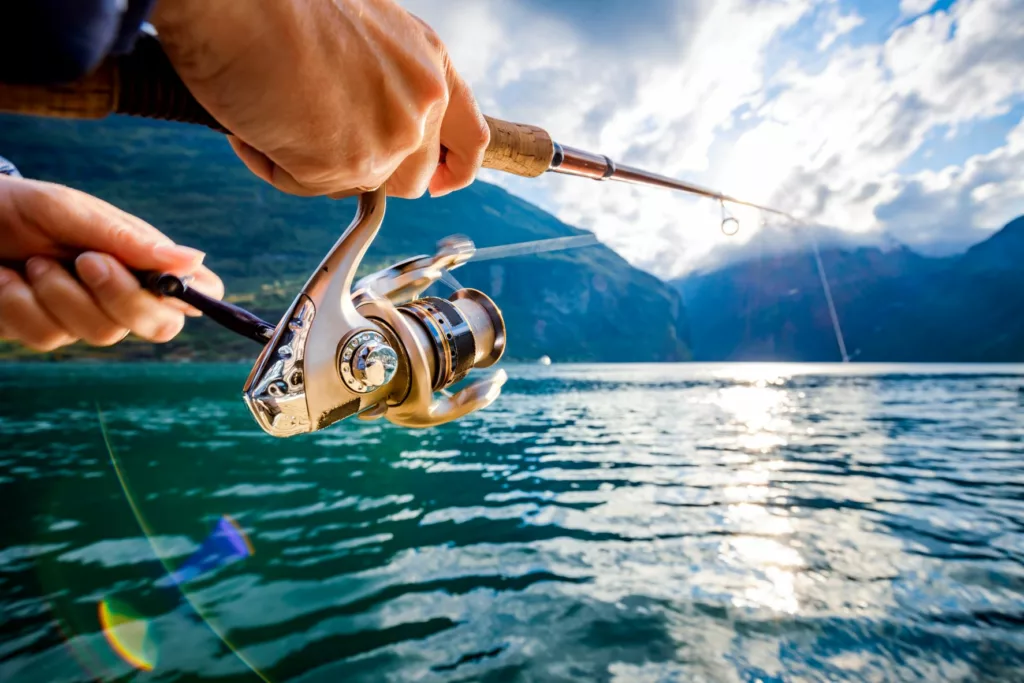There are more than 60 million anglers in the USA alone. Of these, 46 million fish every day and the simple truth for doing so is because it’s a lot of fun. Casting your line and catching fish is an integral part of American culture as well as global human history. In fact, many people itch to go outdoors and fish but it’s not as simple as it seems.
Like most things in life, you’ve to learn and acquire the knowledge and skills. Want to know how to fish?
Keep reading!
Gather the Right Fishing Gear
Before you even step close to a lake or river, you’ve got to get the right fishing gear. You don’t have to buy expensive gear to learn fishing but if you can afford it, well and good. The most important things a beginner needs is a rod, line and reel.

When shopping for fishing gear, choose a very good line. This will make learning a lot easier. We recommend the 300 to 400 yards spool as they hold high quality monofilament. Avoid the 1,000 yard spools as they hold lower quality mono.
Other important things to purchase include:
• Rain jacket
• Wading boots
• Leader
• 4 to 12 pound monofilament fishing line
• Fishing hooks (number/size 6 to 10)
• Cork or plastic bobber
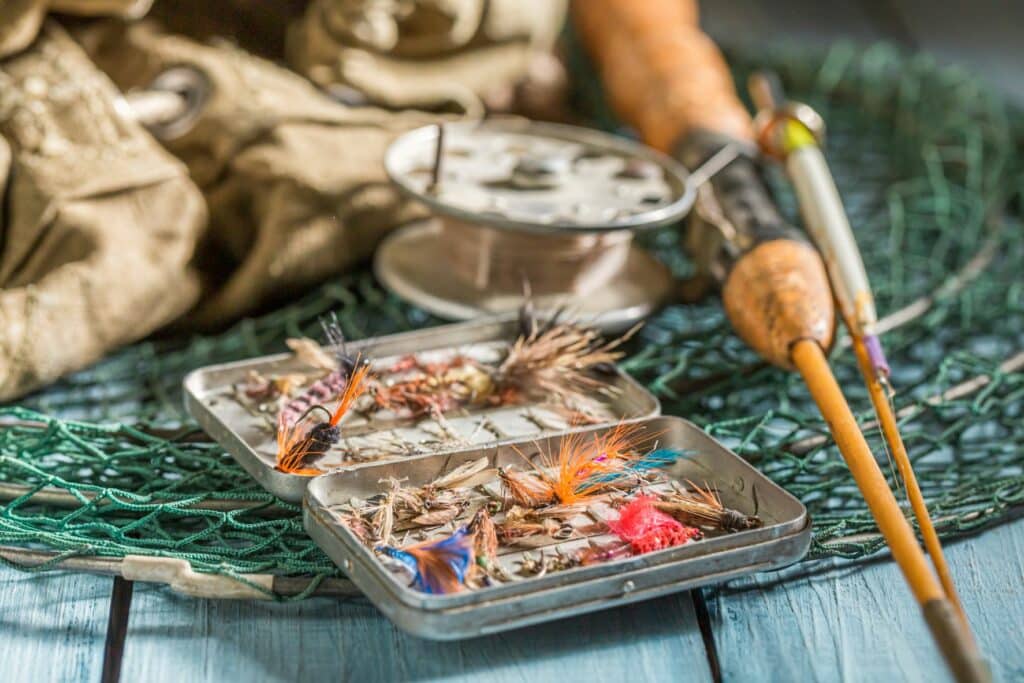
You’ll also need a selection of fishing lures or live bait.
Get a License
Get the current fishing license for the state you’ll be fishing in. You can get a license online or in convenience stores and fishing stores around the area. The license is fairly inexpensive but it costs more for non residents.
If you want a better bang for your buck, we recommend that you get an annual license. It usually goes for about $30 to $200. You can use the annual license to fish throughout the year instead of getting a license every time you head out to fish.
Set Up Your Hook, Line and Sinker
Tie the casting plug on your line. To do so, use the improved clinch knot. Start by passing the line through the hook eye then tag the end. Make five turns around the standing line then insert the loose end of the line between the first loop and the eye. Pass the tag end through the second loop and finally tighten the knot slowly.
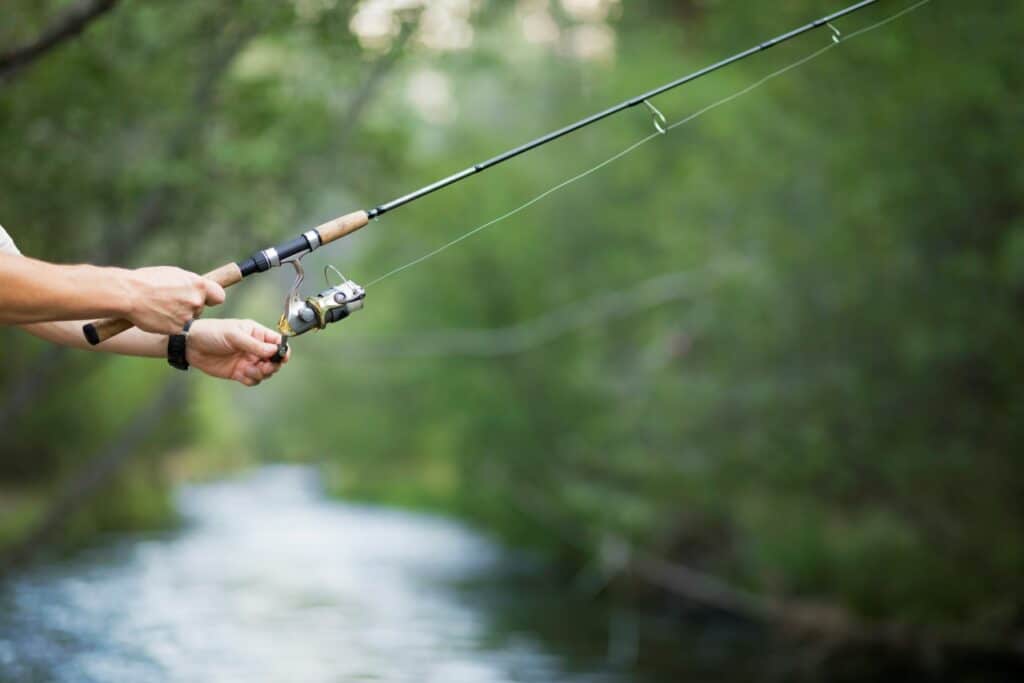
Attach two sinkers at least six to twelve inches above the hook. The weight of the sinkers will keep the lure and bait down in the water. Attach the bobber to the fishing line with the spring clip. This allows the bobber to move up and down the line with ease. So, when fish nibbles at the bait, the bobber lets you know when it moves up and down.
Learn to Cast
The most challenging part of fishing is casting. Poor casting translates to missed opportunities. In normal fishing, people usually cast with the weight of the sinker, lure or bait but in fly fishing, people cast with the weight of the line. This makes a weightless fly which is best for fly fishing.
It’s important to know the right place to cast. Before you cast, allow six inches of the line at the end of your fishing rod. Next, keep the reel below your hand. Now, flip the bail on your spinning reel. This helps to keep your line in place.
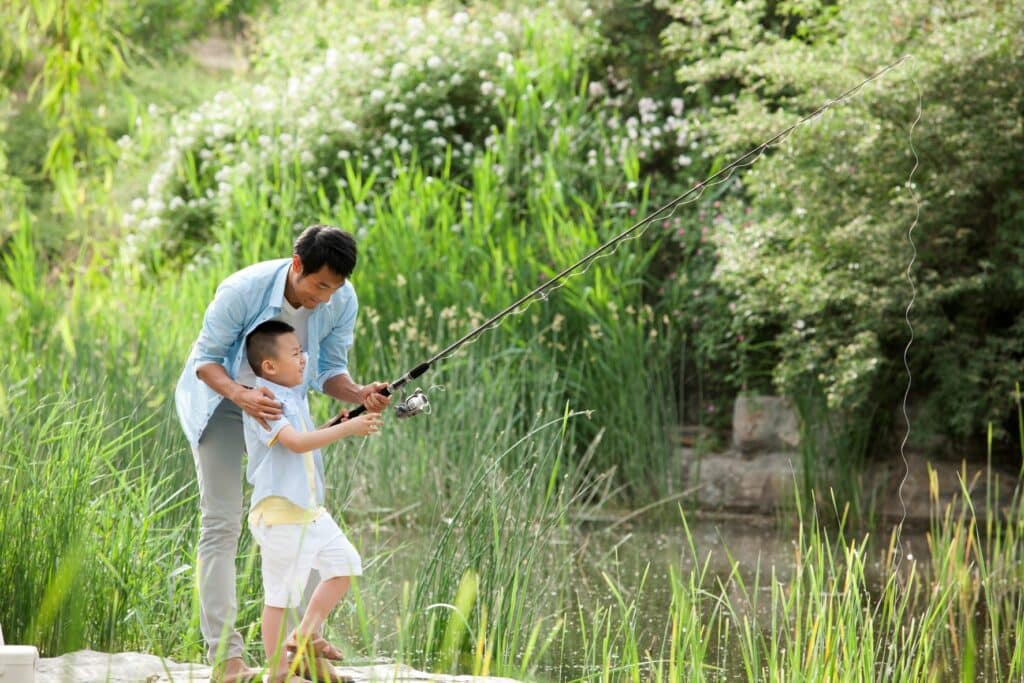
To cast, hold the rod with a little tension.To put the cast in the back from the front, start slow then speed up as the rod goes back. Aim towards where you want to cast then move your line in one swift stroke.
Now, stop your hand sharply and your line will go where you want to cast it. Once your lure hits the water, flip the bail back. Now, start reeling to attract fish to your bait.
Keep practicing to master the steps above. Once you do so, it will be alot easier for you to fish.
Find the Right Place to Fish
Knowing where and when to fish influences the outcome. The where and when varies with your target species. Whether you prefer to fish from the shore of a stream, pond, river or by the dockside, understanding the target species helps you determine the type of gear and line.
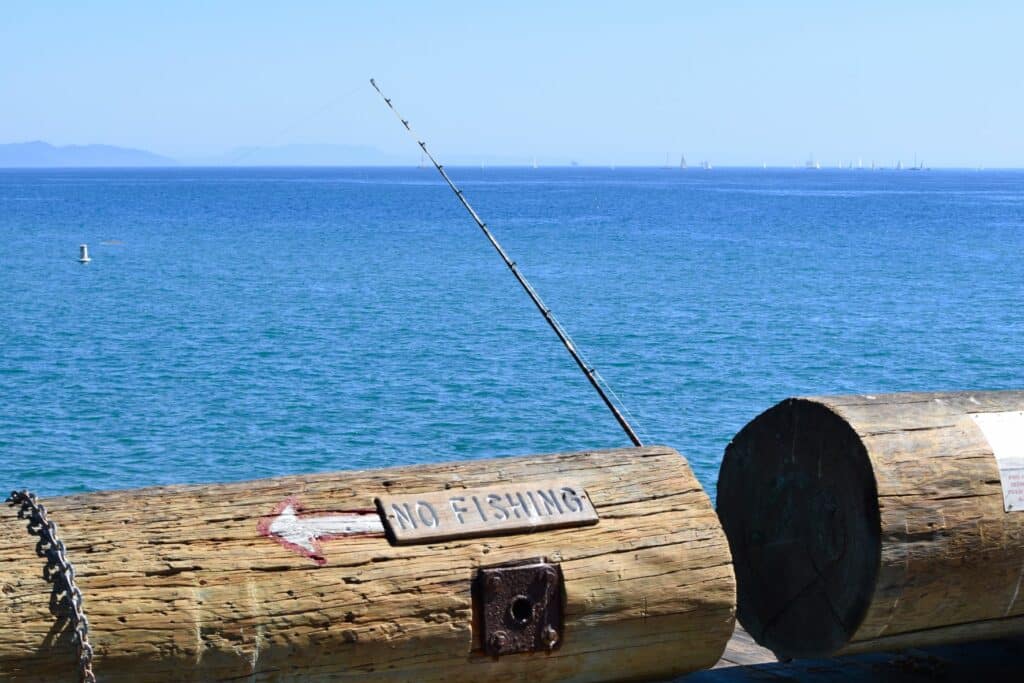
Since you’re a beginner, we recommend fishing by the shore of a river or stream. There are other water bodies that make perfect fishing spots in your local area. From lakes to oceans, you’ve plenty of options.
Baiting Your Hook
Now that you know how to cast, the next step is to learn how to bait your hook. There are different things you can use as bait. Some people prefer using 4 to 5 kernels of corn while others use ¼ slices of hotdog especially on a #4 baitholder.
While all these are good options, we highly recommend using a small piece of Nightcrawler. They usually come in counts of 12 to 24 available at Walmart or your local tackle shop. You can also dig for smaller worms in the garden. To do so, find moist areas under rocks or leaves.
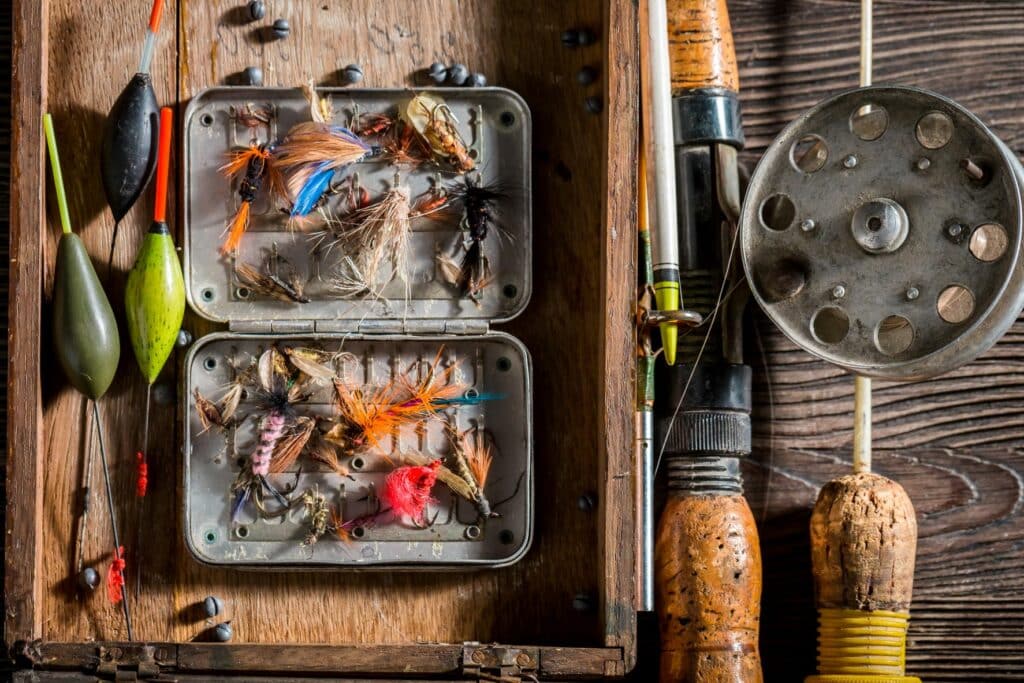
If you’re not comfortable using worms, then use the aforementioned items. To bait your hook with your worm, use your thumbnail and pinch off a small 1-to-2-inch section of the worm. Then pierce one end of the worm and thread to the barbs of your hook. Next, piece the worm on the other end and secure it to the barb. Make sure it covers the point of the hook.
Cast your line into the water and once your bait is in water, your hard work should start paying off. If using a bobber, you should see it halfway submerged. However, if the bobber is completely submerged without a bait, then you added too much weight to your sinker. Or, the bobber is too small. Replace with the correct bobber.
If you follow the steps above, you should land your first fish in minutes. Remember, be patient and keep practicing to hone your skills.

If you want to go beyond being just a beginner at this or any other skill, and work toward developing a real mastery, then you are going to need a deeper and more powerful strategy. What you need is a way to hack your brain so you can develop a winning mindset.
A winning mindset is a state of mind that allows you to enter a flow state at will. You do this by programming your subconscious mind.
Believe it or not, most of what you do throughout an average day is NOT freely chosen by your normal waking consciousness even though it may seem that way. The truth is that most of what you do on a day-to-day basis is done on autopilot. An example of this would be when you’re driving your car and as you do so you get bored and begin daydreaming. Before you know it, you find yourself several miles further down the road with absolutely NO memory of having driven those last several miles. So, who exactly was driving while your waking consciousness was in la-la land, and how exactly did you manage to avoid an accident? Your subconscious mind was in control. You already spent years programming your subconscious with how to deal with a broad range of possible driving scenarios and thus it had no trouble taking the wheel while your waking consciousness took a little break. In other words, you were able to take effective actions without having to THINK about them.
The same way you programmed your subconscious to drive, you can also program it to automatically take successful actions toward mastering any other skill you decide that you want to learn. CLICK HERE to learn a proven, step-by-step formula to help you attain mastery at any skill you choose and achieve everything in life.

